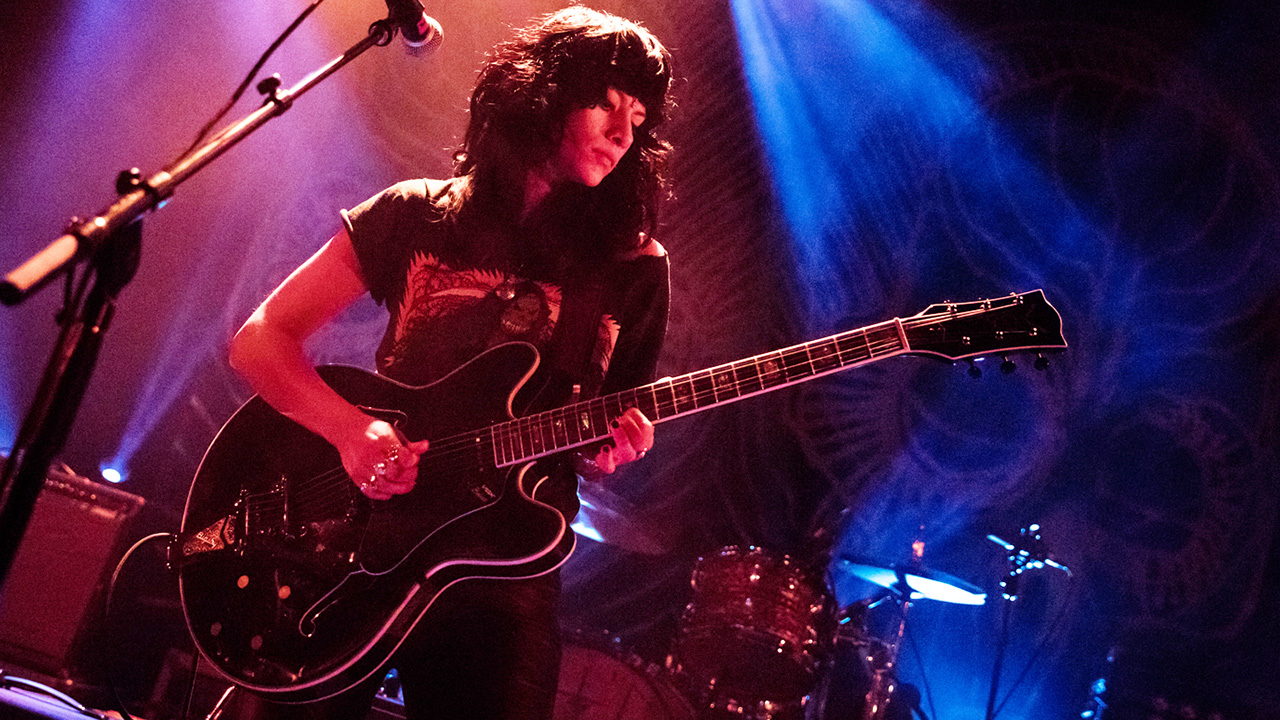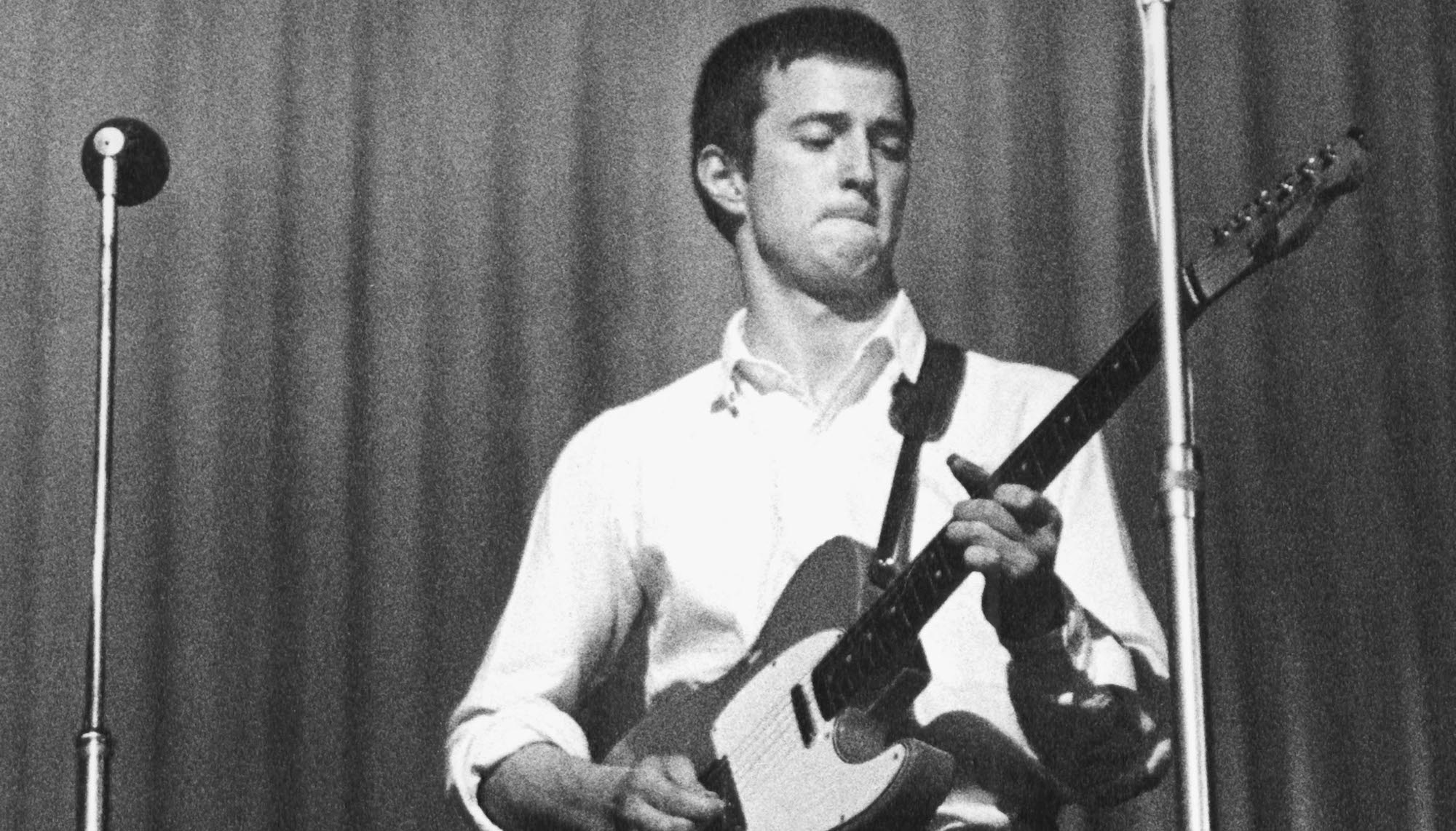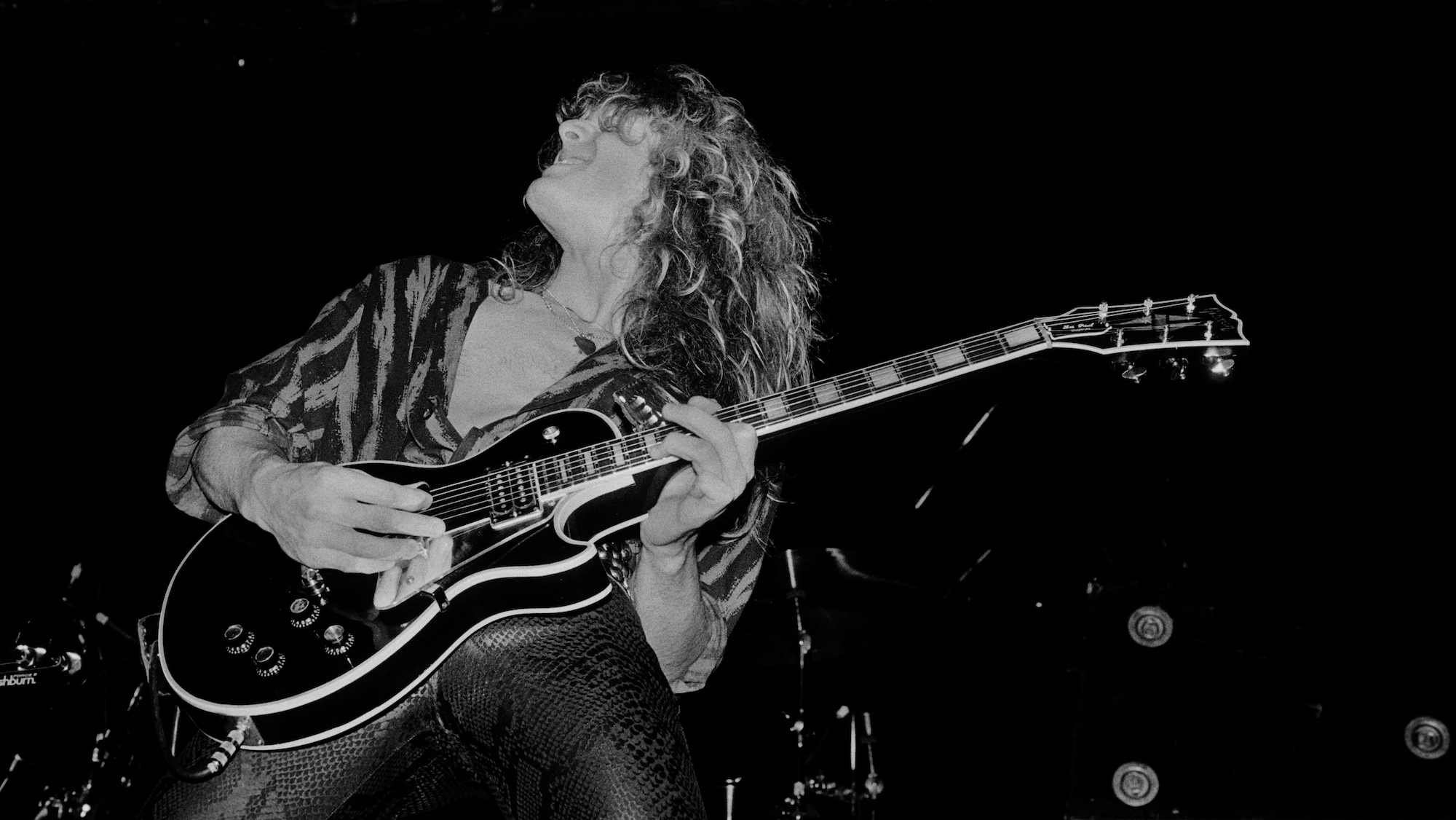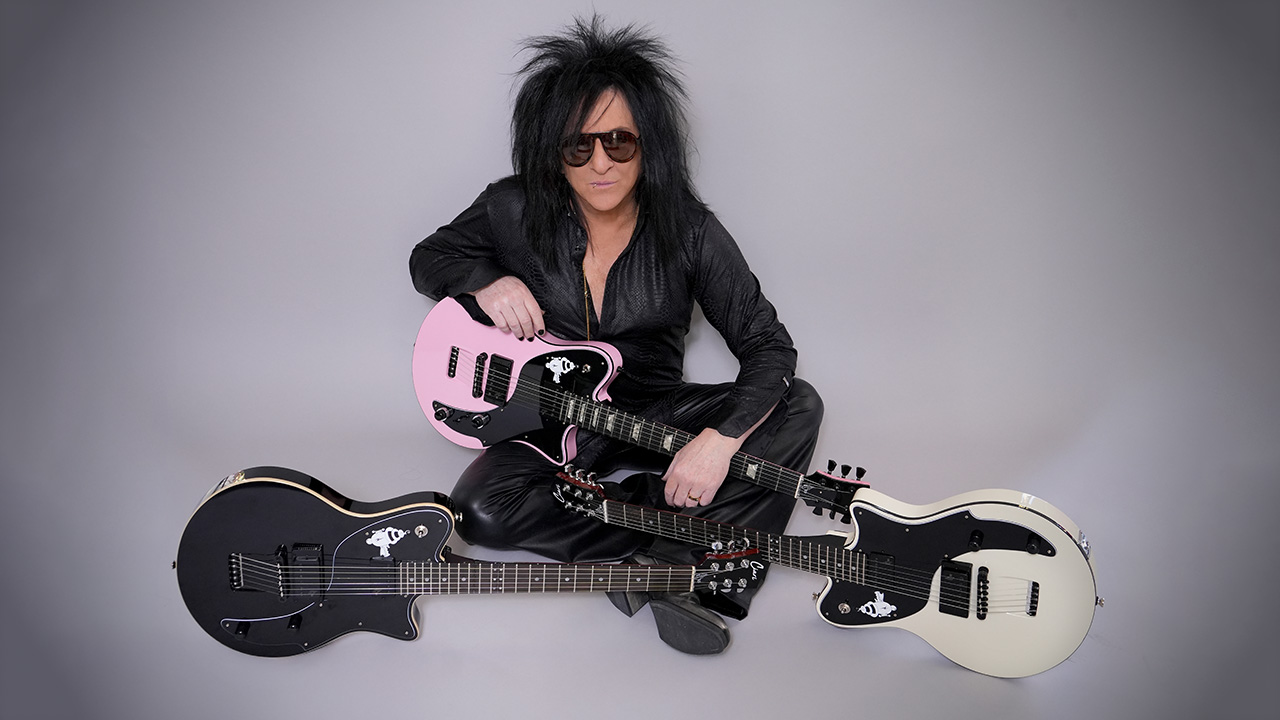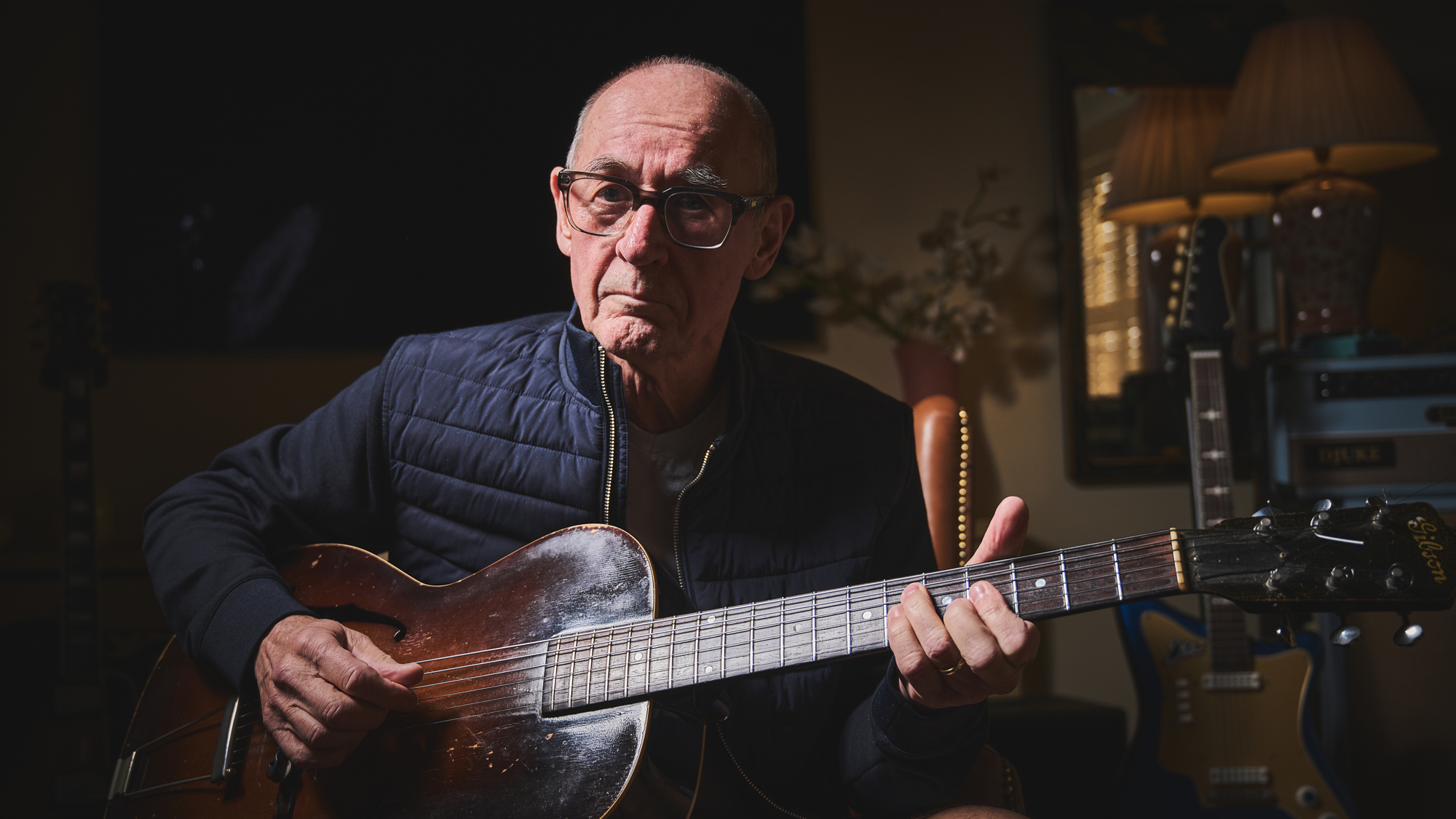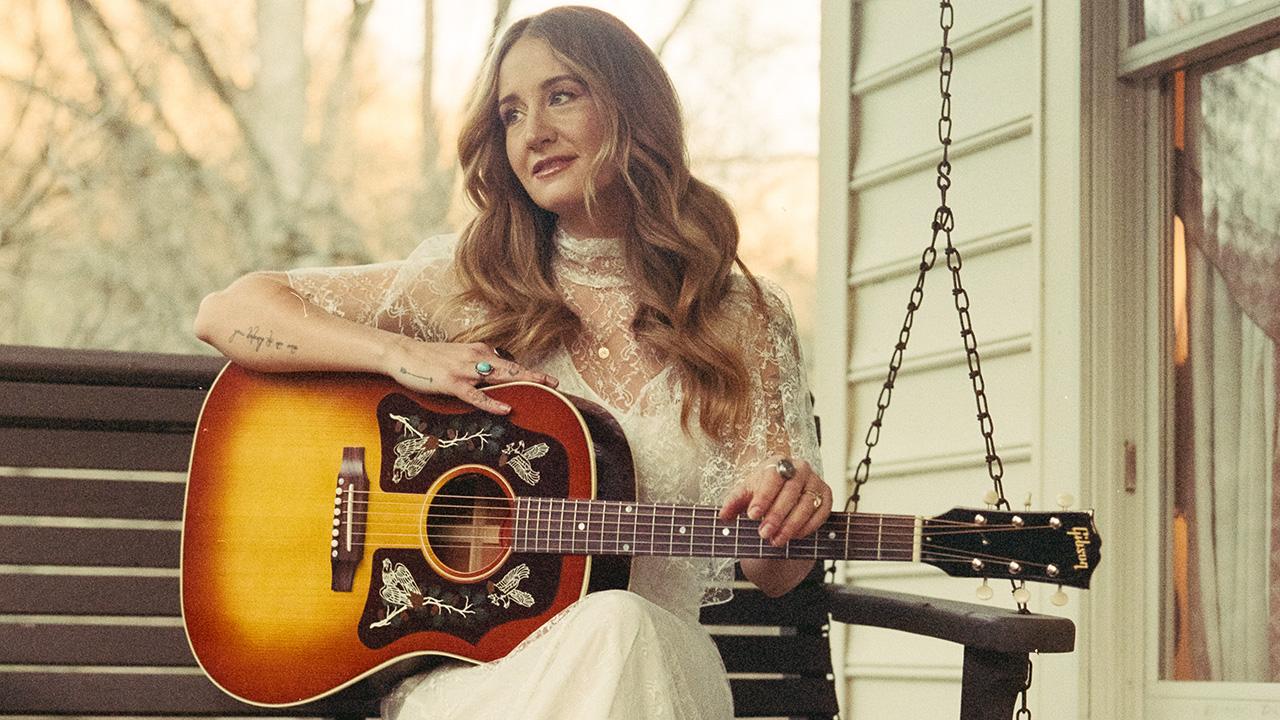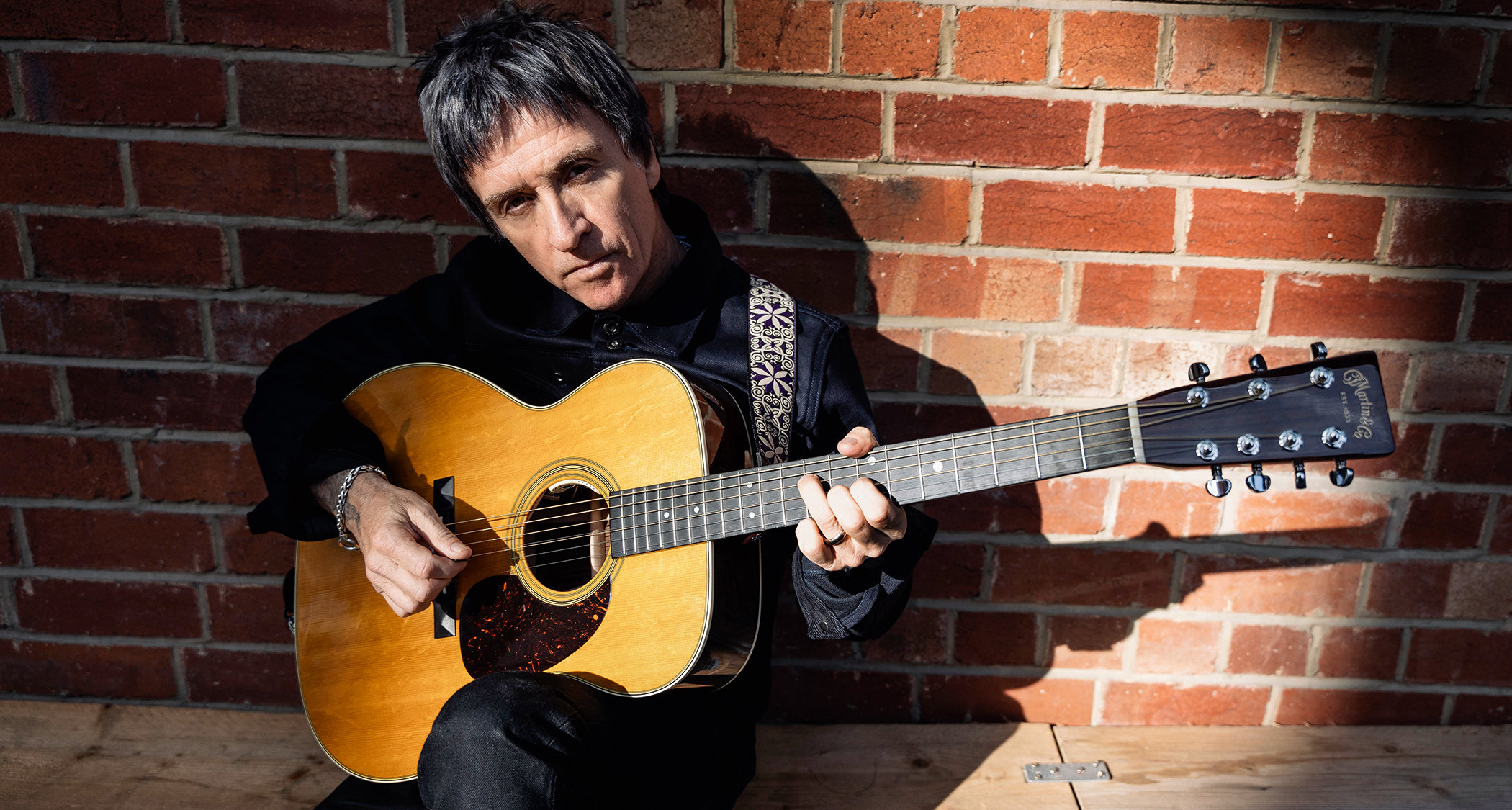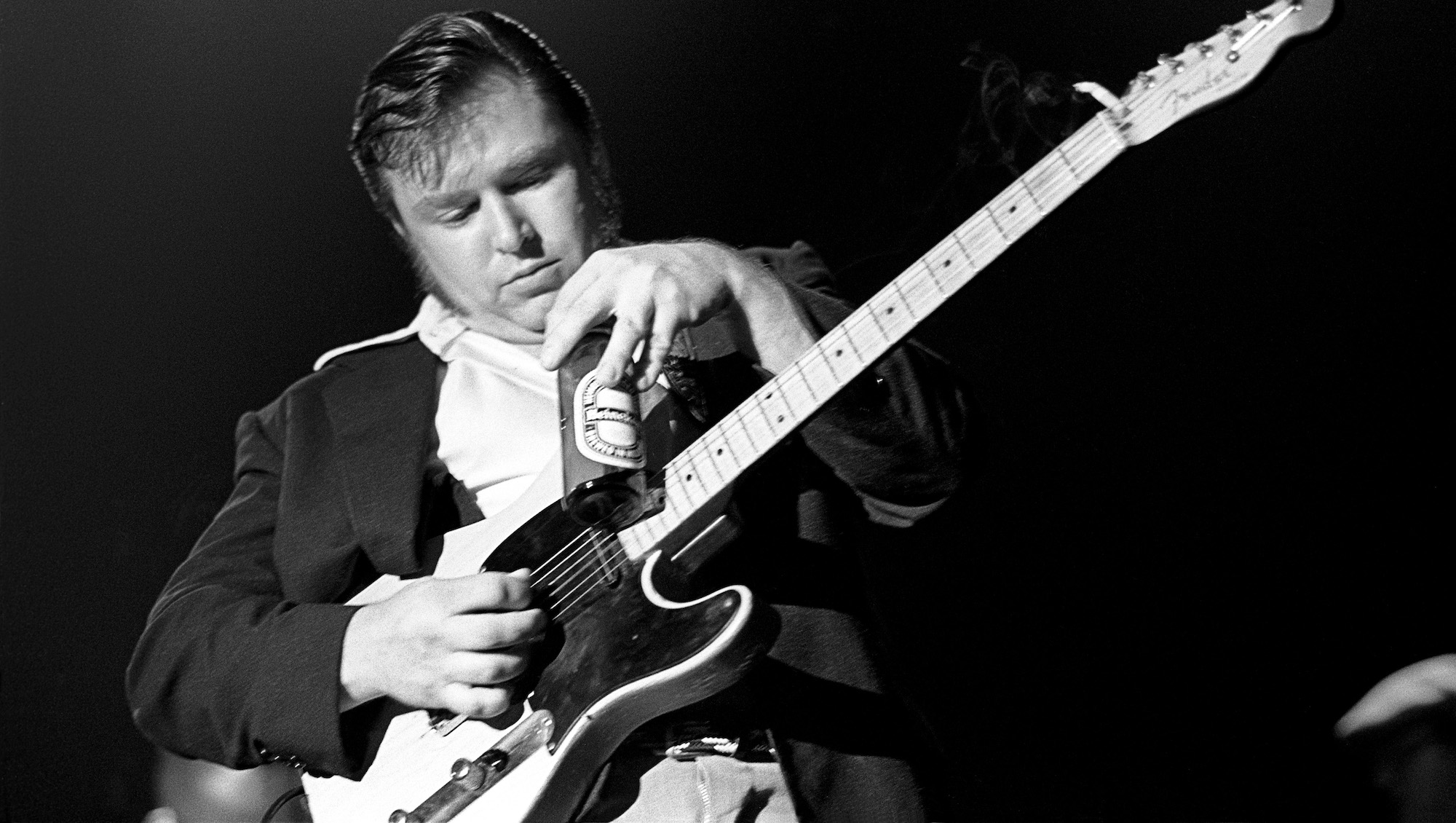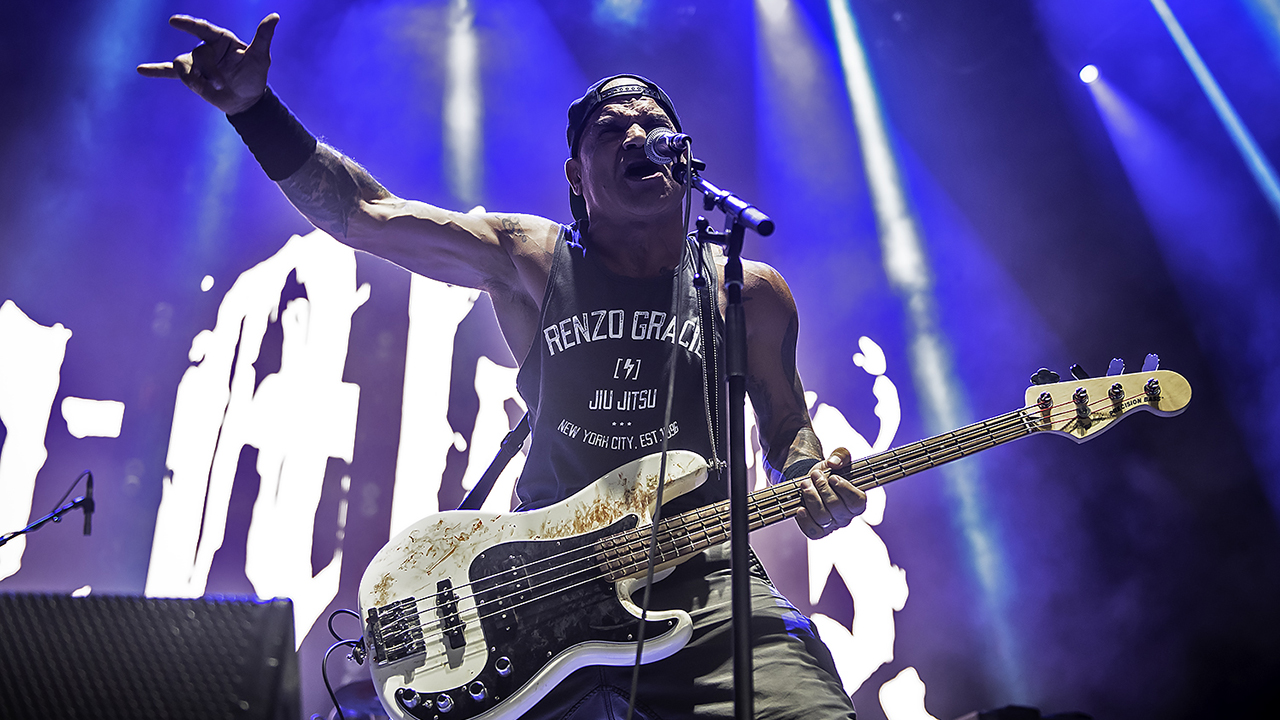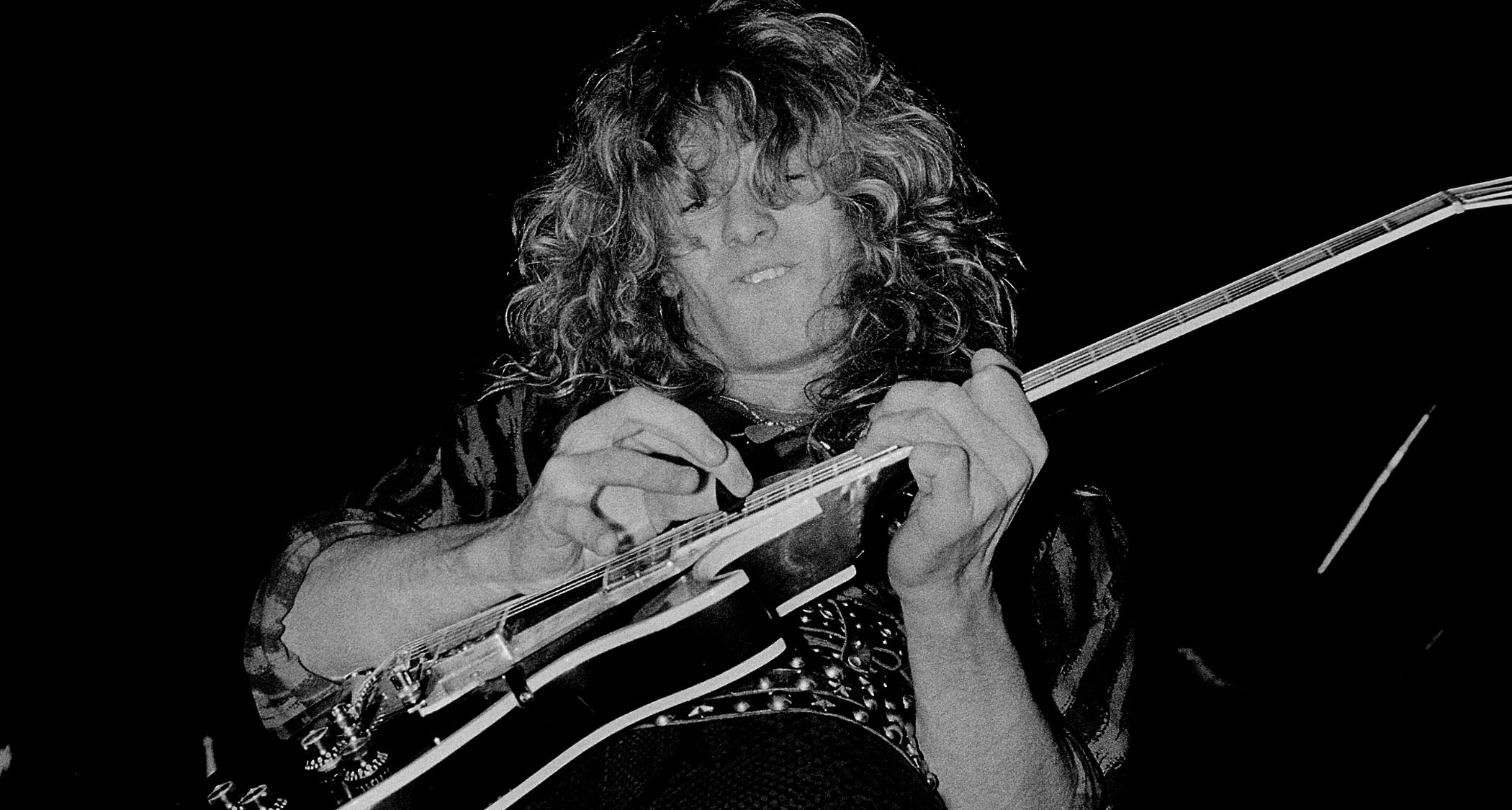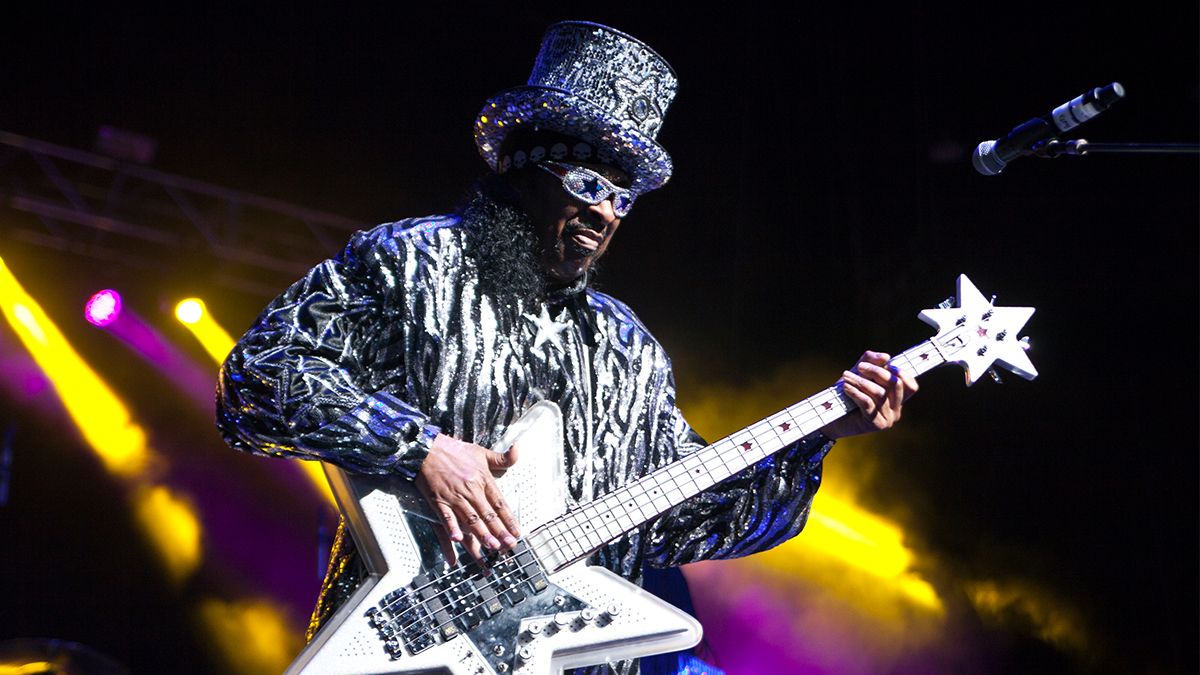“I’ve worked on pop sessions with artists who have a squeaky-clean image, but what’s behind the scenes is a lot darker than people’s perception of the hip-hop world”: How bassist Mike Elizondo brought low-end and soul to Dr. Dre’s superstar productions
At Dr. Dre’s L.A. hit factory, Mike Elizondo carved up bass grooves with 50 Cent, Eminem, and Busta Rhymes
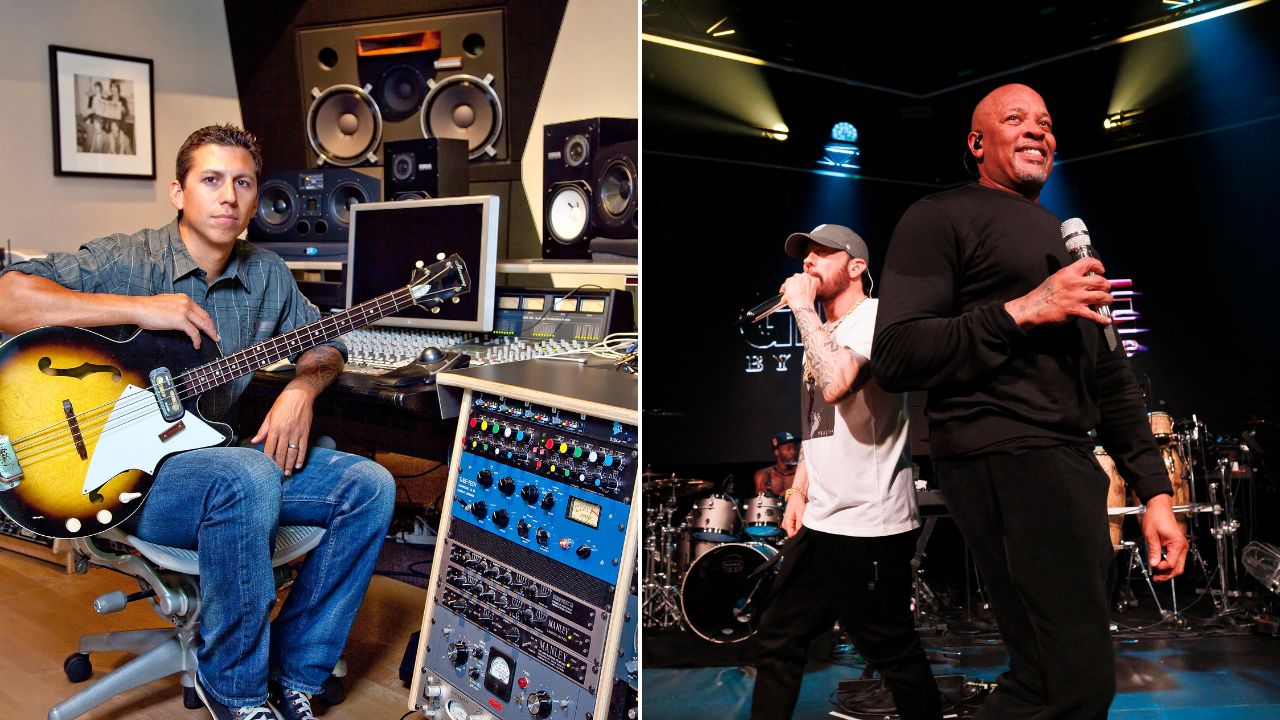
Since the ‘90s, the bass guitar has played an ever-increasing role in hip-hop – from the rubbery grooves of Raphael Saadiq and Pino Palladino to the dirt-fisted funk of Leonard ‘Hub’ Hubbard and Preston ‘P-Groover’ Crump.
Deep within Dr. Dre's Southern California hit factory, another low-end voice – Mike Elizondo – has long been creating waves through the recordings of Dre, Eminem (including the Dre-produced Eminem Show), 50 Cent, Snoop Dog, Busta Rhymes, and Mary J. Blige.
From his plum position as a writer/multi-instrumentalist in the Dre camp, Elizondo has gone on to produce or track with everyone from Christina Aguilera to T-Bone Burnett. He has also written and recorded with the likes of Sheryl Crow, Nelly Furtado, Fiona Apple, Gwen Stefani, and Maroon 5.
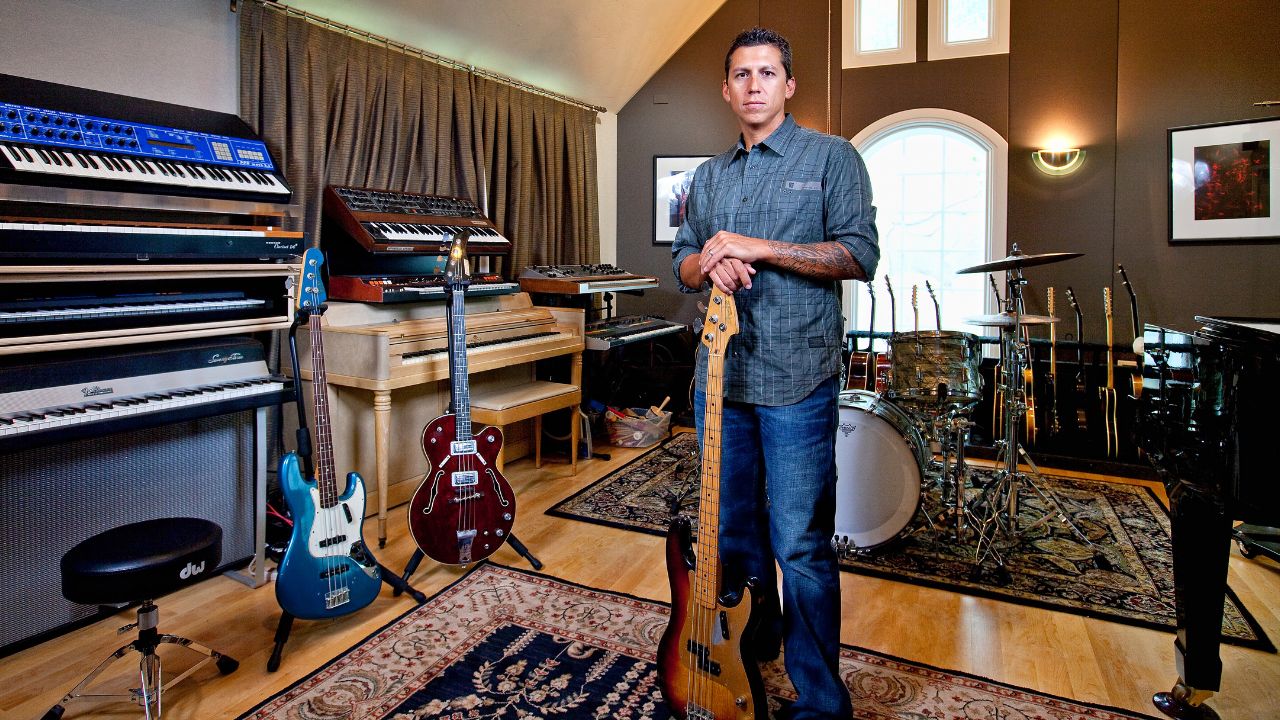
“Those guys are all very musical, more so than people realize,” Elizondo told Bass Player. “Eminem, 50 Cent, and Mary J. Blige all like to participate. I'm one of the few who gets to see how deeply these artists are involved in their tracks.”
“With Dre, the bassline has to be something you won't get tired of hearing for four minutes, and it needs to be as infectious as the drum beat. I just listen to Dre’s drumbeat, and it’s almost like there’s a bassline already written – I can hear it in my head. He opened my eyes to those kinds of concepts.
“I've picked up a lot from Dre in learning how to create a bassline: where notes are placed, how long to hold a note, and what type of tone to get from the bass to match or contrast the kick and bring the whole ‘kit’ out. Where the notes stop makes a huge difference in what the groove feels like.”
The following interview from the Bass Player archives took place in January 2005.
Get The Pick Newsletter
All the latest guitar news, interviews, lessons, reviews, deals and more, direct to your inbox!
How do you come up with your basslines with Dr. Dre?
“I try to be lyrical, hooky, and have a great tone, all at the same time. The key for me is to allow myself to be open, tune into Dre's beat, and react in the moment.
“Dre's beats can get so hypnotic that there are times when I come up with a part and I have no idea why I played it. Sometimes I'll hear the one in the wrong place! When he starts the beat up again, my part might be a quarter-note or an eighth-note off, and I'll have to refigure it to fit the phrase.”
How have you developed your ability to play all around the pocket?
“A lot of it comes from playing with drum machines and Dre's beats. His drum machine allows you to adjust how much a pattern swings by setting a percentage. Once I heard that, it kind of re-opened my mind to all those areas in between straight and swung feels, and how many different ways there are to play eighth- and 16th-notes.
“Plus, you realize how you can play straight against a swung figure, or vice versa, to create tension. It's a matter of experimenting.”
When did you first connect with Dr. Dre?
“I met him in 1997 through an engineer named Segal, who I knew from high school. Dre was looking for new blood and wanted to use live musicians, which was rare at the time. He didn't want to risk someone else sampling the same song as him; he wanted something unique.
“At first, I would go in on bass guitar, with a guitarist, keyboardist, and Dre on his drum machine, and we created tracks that became songs on Dre's 2001 album and Eminem's first two discs.
“Later, there were times where the other musicians were booked for other sessions, so I'd play bass, guitar, and keyboard. I started bringing in guitars and pedals and keyboards that Dre hadn't heard, and that enabled me to carve a niche as a multi-instrumentalist. Eventually, Dre and I developed a shared musical vocabulary; I'd know what he wanted without him having to say much.”
How would you describe Dre's musical instincts?
“Dre has incredible ears, both rhythmically and harmonically. He knows if something is off and he'll sing a note he wants to hear, and that one little change will make the part happen. He's a great producer who knows how to pick the right combination of people to come in and create.
“Dre is also an encyclopaedia of music. He's hip to the Beatles, hard rock, classical music, jazz, funk, and R&B. So if I come up with a psychedelic Mellotron part over his beat, he can easily identify it. The whole hip-hop culture is based on a DJ mentality; these folks are record enthusiasts. Dre didn't learn how to play piano – he learned how to spin vinyl records and move a crowd at a party.”
How does a Dre writing session unfold?
“Dre starts a beat, the rest of us chime in looking for a sound or melody that will be a musical hook, and then we proceed to build a skeleton track. 90 percent of the time, I start off writing on guitar or keyboard, and then I pick up my bass – usually my Sadowsky 5 or a vintage 4-string.
“We spend about 20 minutes on an idea, and when we're done we put the track onto a DAT tape, and the engineer catalogs all the sounds and saves all the sequences. When an artist hears our tracks and wants to record, we recall all the sounds, throw everything onto Pro Tools, and add finishing touches.”
Does the lyrical content of some of the artists affect you?
“Everyone has a personal take on what's said, what's appropriate, and what goes too far. These artists are speaking to their environments; everyone who has recorded with us is real, and they're brave enough to speak their minds.”
“The public image is that they're angry, and unapproachable, but in reality they're very easy-going and have a lot of fun making music. The irony is I've worked on pop sessions with artists who have a squeaky-clean image, but what's behind the scenes is a lot darker than people's perception of the hip-hop world.”
How are your sessions for singer/songwriters different?
“Actually, they're similar in a lot of ways: I'm trying to create a part that's appropriate and maybe even adds an extra element, because you can never have enough hooks in a song.
“My success with Dre has actually gotten me calls from artists outside of hip-hop. I've been asked to bring my drum machine and beats in addition to my basses, and I'm thrilled, because I like to keep my musical career diverse. I make myself available to Dre first and foremost, and he's real good about giving me advance notice of my schedule so I can do other sessions.
“When I worked with Glenn Ballard on Shelby Lynne's Love, Shelby album, we had a whole live band in the studio. That's rare now with younger producers they think it's radical to have the bassist and drummer in at the same time!”
What do traditionally trained musicians not understand about the simplicity and repetition of hip-hop and rap songs?
“The key is you can't look at it the same way you look at traditional songwriting, where there's an intro, verse, pre-chorus, chorus, bridge, and so on. You have to know where the music came from: people working turntables at parties, trying to find a hypnotic beat that would keep everyone on the dance floor.
“That suits me well, because I've always been content to play something simple and not draw attention to what I'm doing. I always try to play as little as possible to get the job done; I think it's best to be asked to step out, as opposed to coming across too busy and being told to tone it down.
“My goal as a musician is to keep growing and improving so I don't have to think about what I'm doing – I'm just reacting to what's going on around me.”
Chris Jisi was Contributing Editor, Senior Contributing Editor, and Editor In Chief on Bass Player 1989-2018. He is the author of Brave New Bass, a compilation of interviews with bass players like Marcus Miller, Flea, Will Lee, Tony Levin, Jeff Berlin, Les Claypool and more, and The Fretless Bass, with insight from over 25 masters including Tony Levin, Marcus Miller, Gary Willis, Richard Bona, Jimmy Haslip, and Percy Jones.
You must confirm your public display name before commenting
Please logout and then login again, you will then be prompted to enter your display name.
“I asked him to get me four bass strings because I only had a $29 guitar from Sears”: Bootsy Collins is one of the all-time bass greats, but he started out on guitar. Here’s the sole reason why he switched
“I got that bass for $50 off this coke dealer. I don’t know what Jaco did to it, but he totally messed up the insides!” How Cro-Mags’ Harley Flanagan went from buying a Jaco Pastorius bass on the street to fronting one of hardcore’s most influential bands



